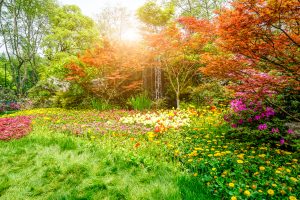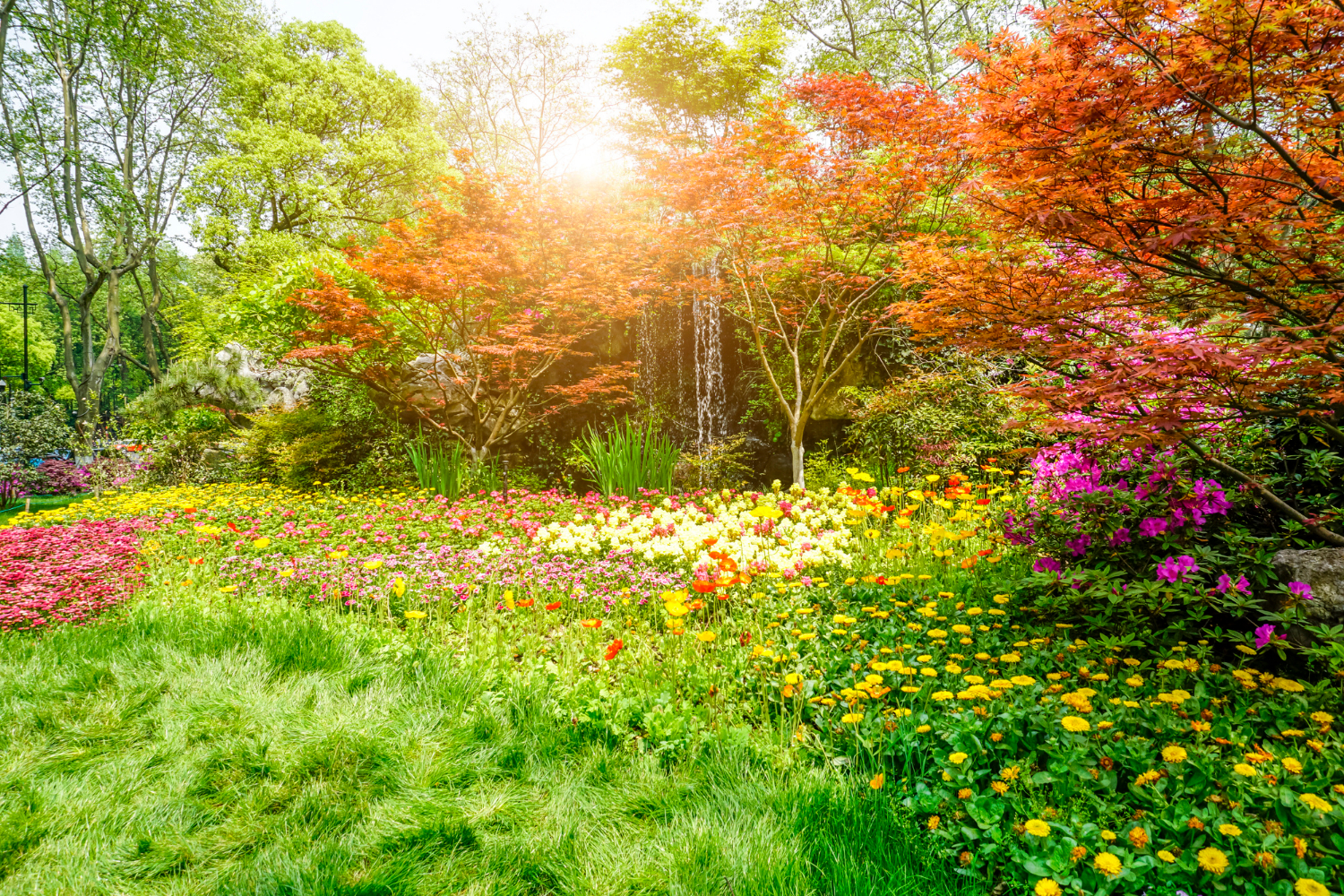Introduction: Garden Photography
Garden photography can be a mesmerizing creative expression enabling us to record and value the mesmerizing beauty of the outdoors. A highly captivating elements in garden pictures involves capturing the change from flower bud to full bloom—the passage of a flower opening up its petals and displaying its entire grandeur. Within this manual, we will examine the methods and suggestions to assist you in capturing the spellbinding progression of garden spaces in your images.
The trip of a plant from bud stage to blossom is an incredible journey filled with complex elements and instances of pure elegance. Through comprehending the steps of this conversion, you can more effectively capture its core in your pictures. Get acquainted with with various developmental phases in the world of plants, beginning with the closed bud until the blossom is fully open. Watch the transformations related to color, texture, and shape through the whole progression.
Vital Supplies plus Garden Photography Parameters in Outdoor Plant Shooting
In order to capture the breathtaking change in landscape photography, you should have the suitable apparatus and shooting configurations. Here are some essentials:
Camera: Garden Photography
Use a digital single-lens reflex camera or a camera without a mirror mechanism that enables manual manipulation of settings. It will offer you greater freedom and authority when capturing the intricacies of the garden.
Lenses: Garden Photography
Think about using close-up lenses to photograph fine details in flowers. In another option, a adaptable zoom lens can be utilized to capture wider frames which display the entire garden scenery.

Aperture and Depth of Field:
Test different camera apertures for adjusting the focus range. A larger aperture (smaller f-number) is able to create an exquisite defocused background, accentuating the subject. However, a narrower opening (larger f-stop) can guarantee a greater extent of the scene stays clear.
Techniques of Composition to Document the Progression of Horticultural Spaces
Arrangement is important an essential part in the field of garden photography. Here are some techniques to consider:
Rule of Thirds:
Utilize the principle of thirds by splitting your composition into a nine equal sections and positioning important objects, such as floral or botanical specimens, along the guidelines or at the meeting points. This contributes visual engagement and equilibrium to your piece.
Leading Lines:
Use pathways, garden borders, or stems to establish pathway lines that direct the viewer’s gaze within the image. The method spotlights the metamorphosis from flower bud to blossom.
Lighting and Timing:
Enhancing the Appeal within Garden Photos
Illumination is vital while capturing images in the garden, because it has the ability to significantly enhance the visual attractiveness of your pictures. Consider the following:
Golden Hour:
Capture during the magic hour—the interval after first light or prior to sunset. The illumination at this moment gives off a mild, pleasant, and dispersed glow. This generates an enchanting atmosphere and amplifies the tones of the petals.
Overcast Days:
Overcast or cloudy days offer gentle, uniform illumination that is great for photographing subtle intricacies with no harsh shadows. Utilize this soft light to display the conversion of flower buds into flowers.
Macro Photography:
Preserving Fine Details amidst Blooming Floral
Close-up photography enables you to document the complex characteristics of floral subjects at a close range. Utilize a macro lens or supplementary tubes to enlarge the subject and uncover the intriguing textures, patterns, and structures of flower petals, stamens, and pistils. Try out various angles and focal points to capture the special allure of every phase within the change.
Enhancing Advice for Beautiful Garden Pictures
Editing adds the finishing to enhance the optimal in your nature shots. Here are some tips:
Adjust exposure as well as contrast for improving the tones and specifics in your photographs. Utilize specific modifications to accentuate the change from flower bud to full bloom.
Enhance Colors: Utilize vibrance or saturation tweaks to enhance the vibrancy of the flower colors. Exercise caution to avoid excessive the task, since unadulterated tones play a crucial role in the context of garden photography.
Conclusion
Nature photography enables us to enjoy and preserve the remarkable metamorphosis from bud stage to blooming stage. Through comprehending the developmental phases, utilizing appropriate gear and photography parameters, utilizing successful arrangement methods, and employing correct lighting and timing, one can capture the captivating transformation of gardens in your pictures. Don’t overlook to discover the universe of macroscopic photography. This will uncover the complex details of bloomed botanicals. In the end, improve your pictures through digital manipulation. These methods will enhance the beauty of your outdoor pictures. Appreciate the magnificence in the natural world and allow your pictures portray the mesmerizing narrative of the path of a blossom from bud to blossom.




